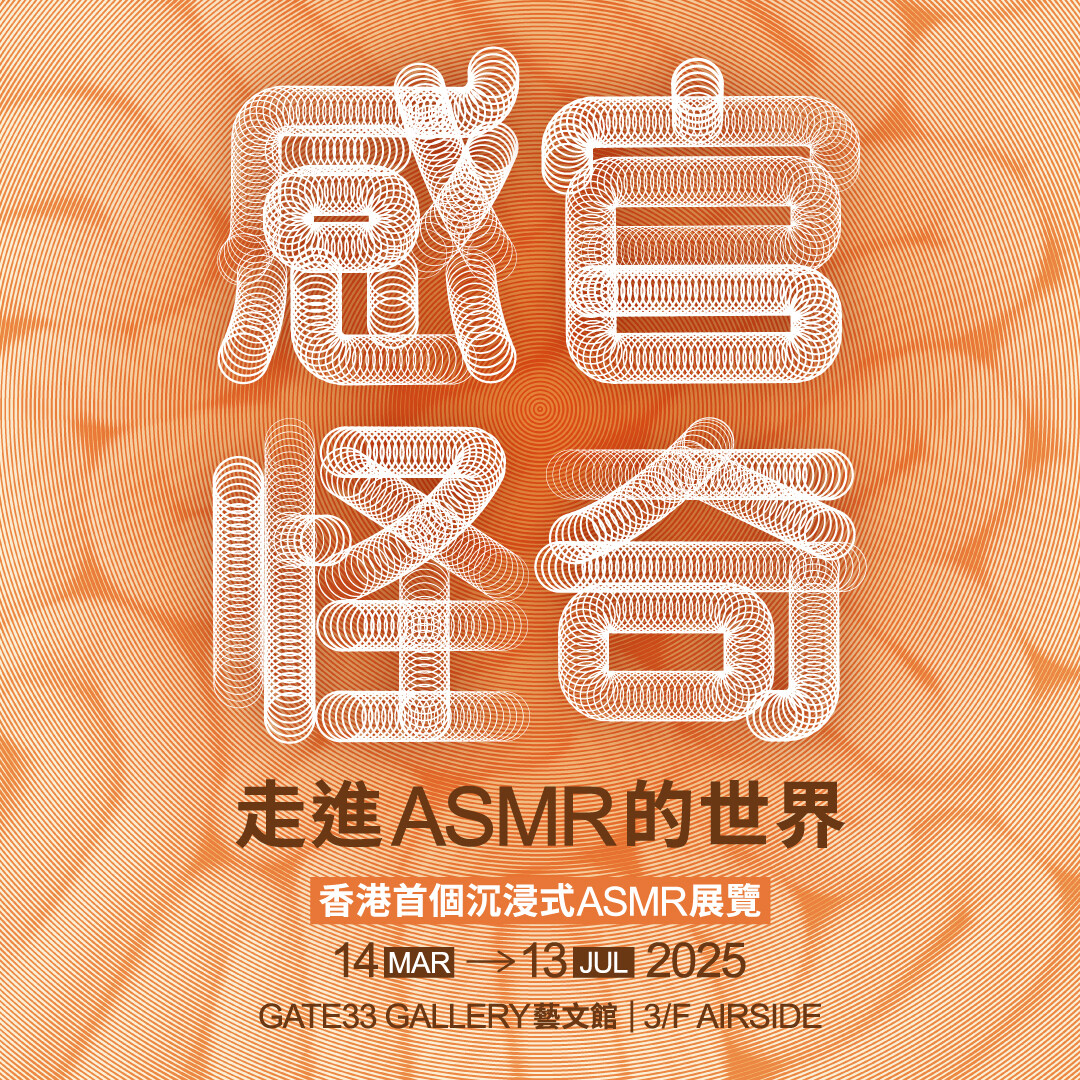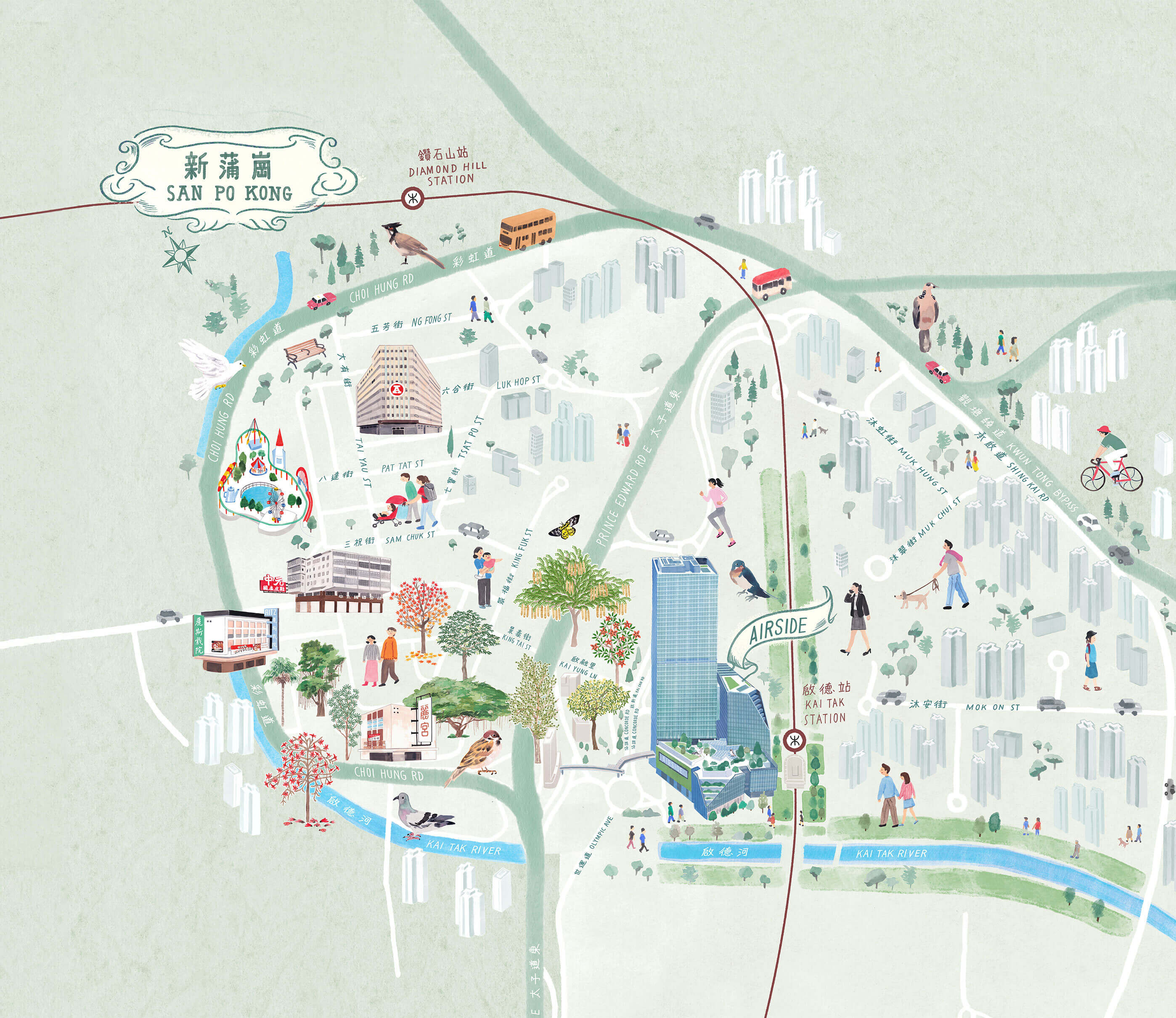Outdoor
5
PM2.5 µg/m3
27°C
Temperature
94%
Relative Humidity
Indoor
Recently updated on: 01.7.2025, 5:14am
AIRSIDE CAR PARK
684
MOTORCYCLE
77
EV MEDIUM CHARGING
207
EV FAST CHARGING
11
BICYCLE SLOTS
46
SCROLL FOR MORE




















Workshops & Tours
Join our curated tours and workshops, discover life and cultural features at AIRSIDE as a unique community.
When do you plan to visit?
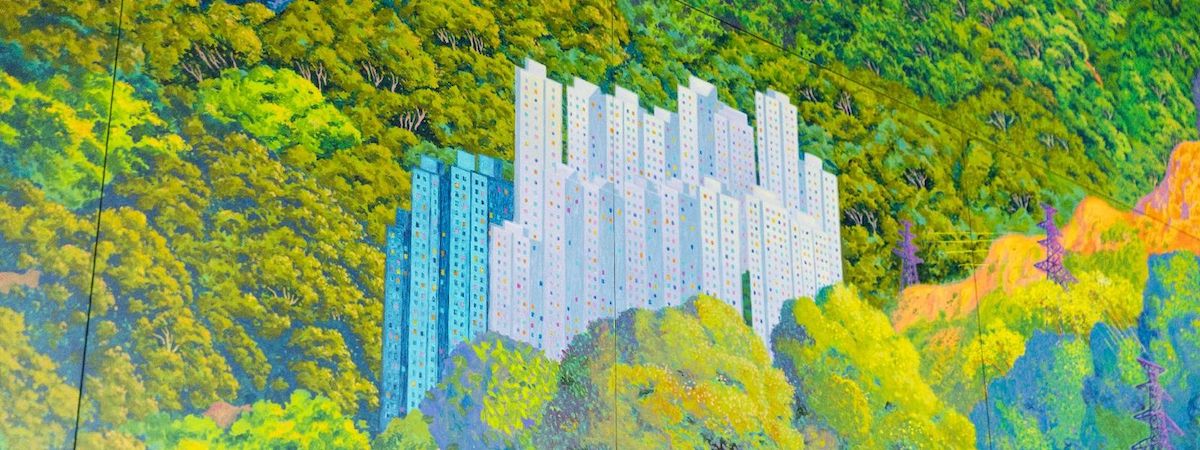
Happenings
Discover Another Side of San Po Kong
Background
San Po Kong was officially named in 1959, and full development began after 1960, with a primary focus on industrial and residential purposes. Despite its small size, San Po Kong is notable for the abundance of trees planted in small gardens, making it an
LEARN MORE

A Place for Wholeness
AIRSIDE is a 1.9 million sq. ft. mixed-use commercial development in Kai Tak. Take a deep breath and immerse in AIRSIDE’s wholeness experience. Enjoy the change of pace as you establish a deeper connection with yourself, others and nature.
Breathe Freely. A Sustainable Tomorrow.
Indoor Air Quality at Airside
VIEW MORE
missing data source
Recently updated on: 01.07.2025, 5:00am

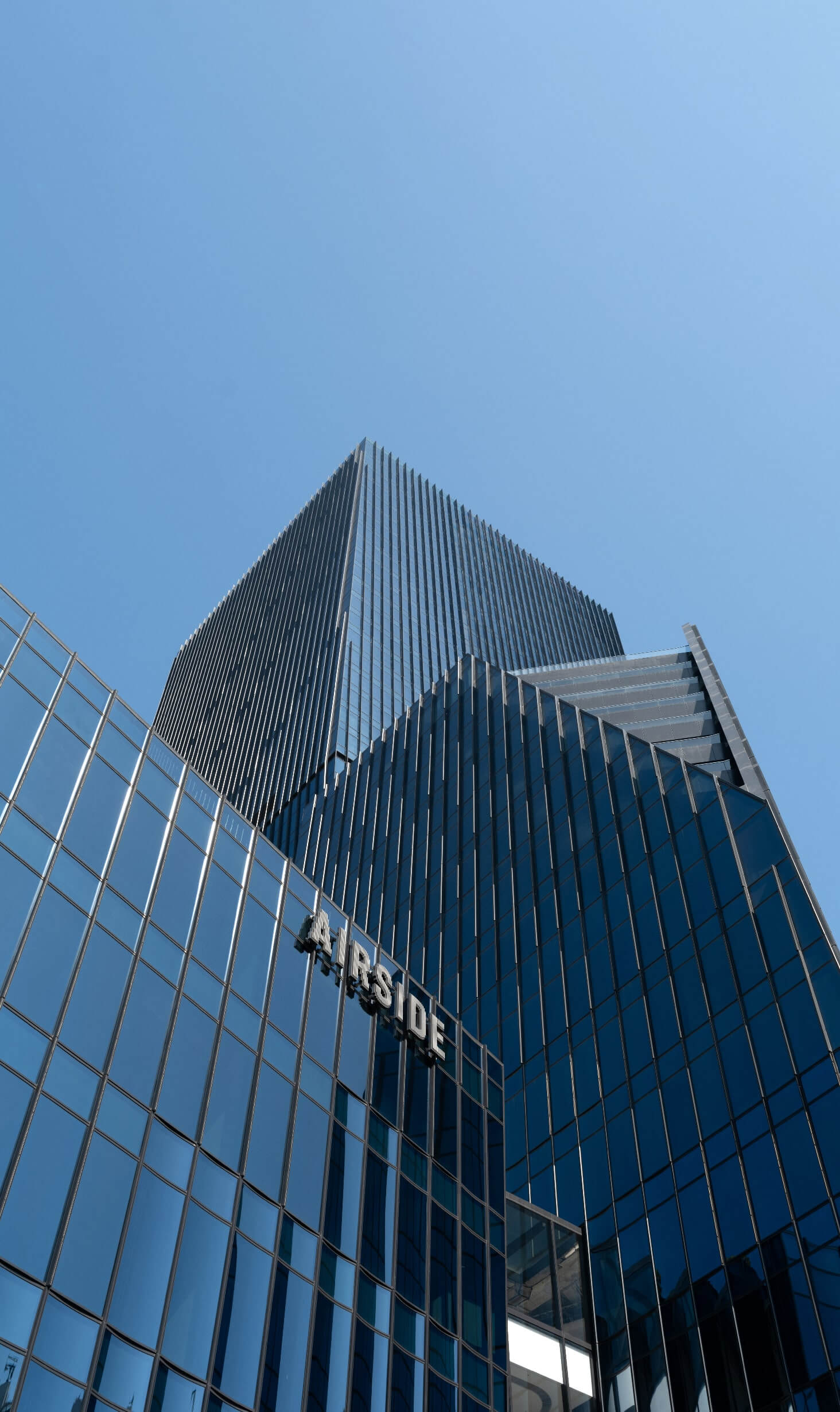
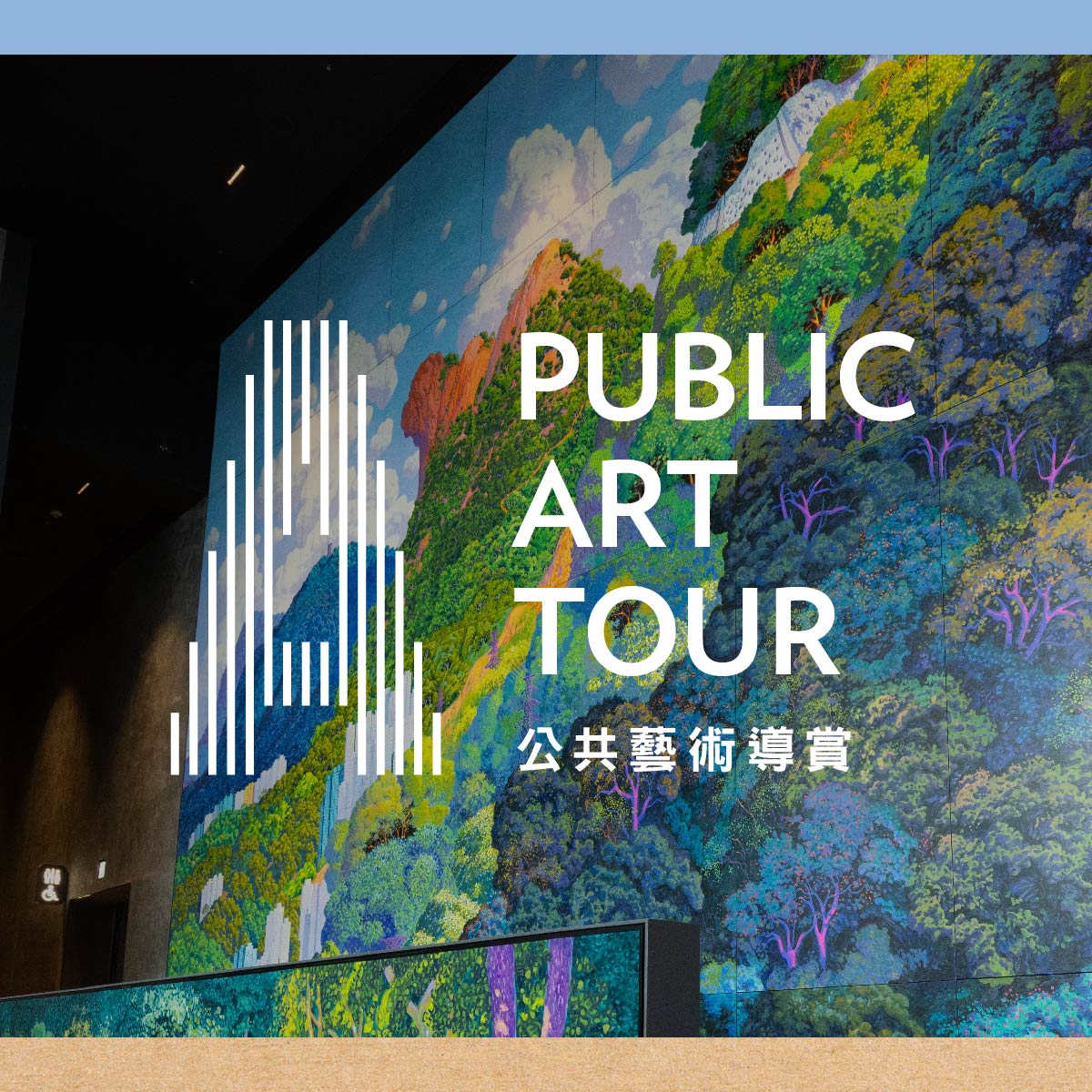

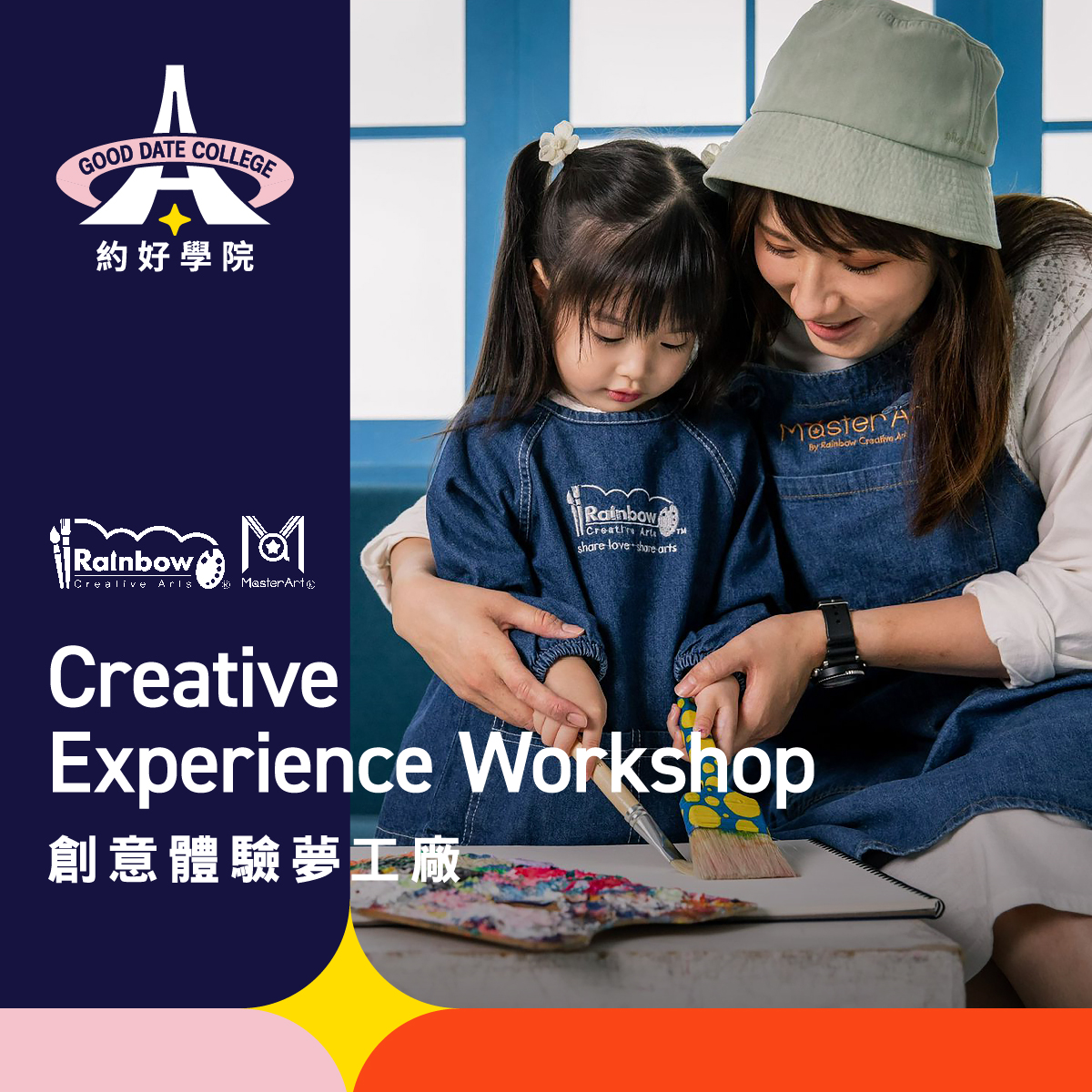
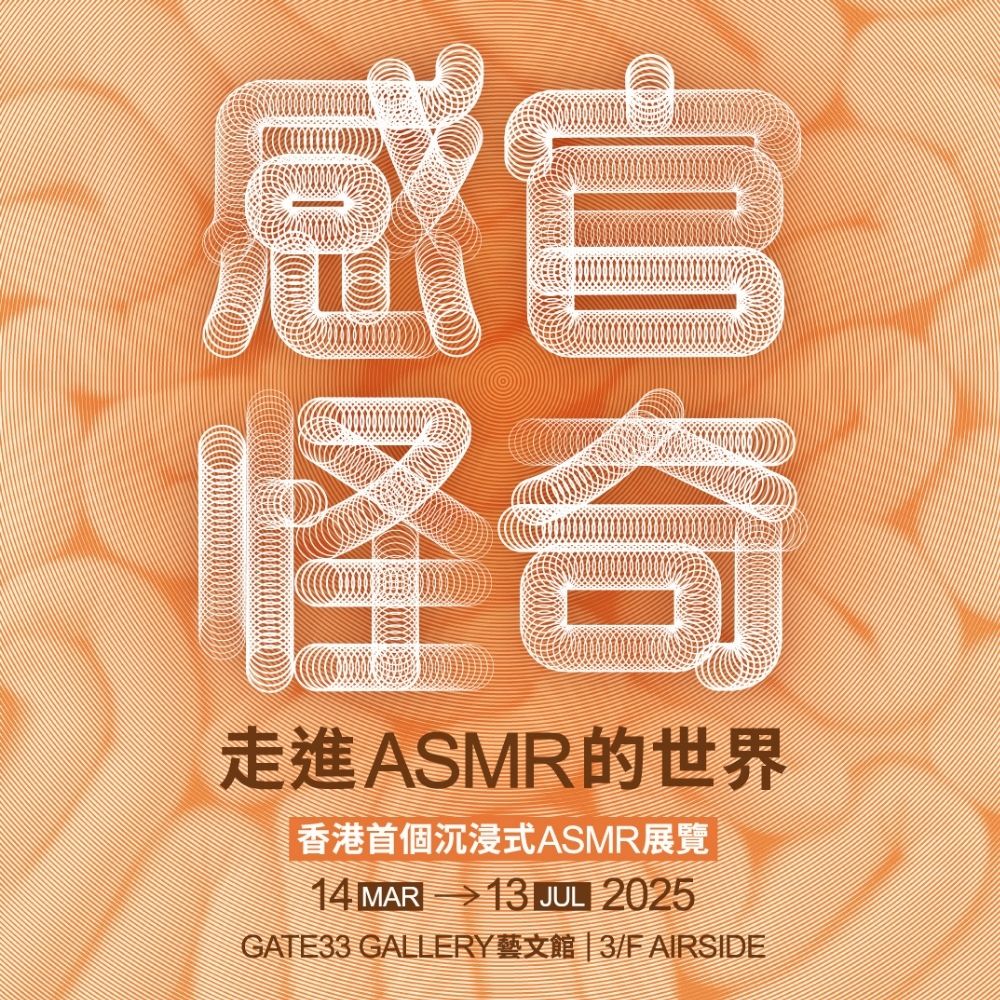
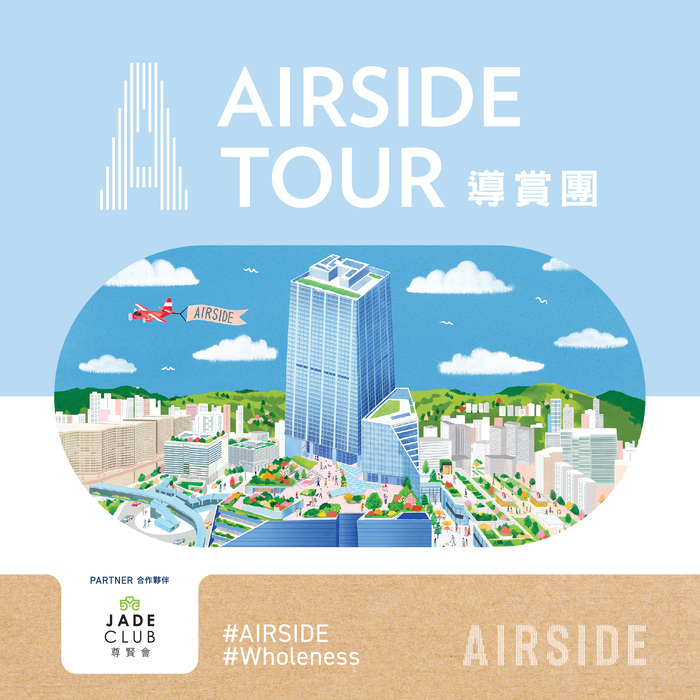

![[WAVE 2 from 1 July 2025] Visa Card Shopping Rewards](https://m1.airside.com.hk/assets/model-happenings/VISA_06_Web_1200x1200-1.jpg)

